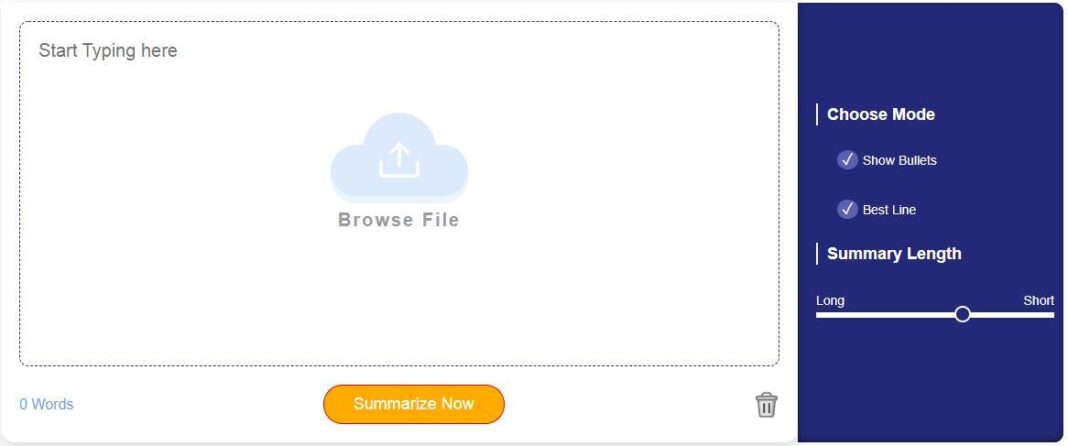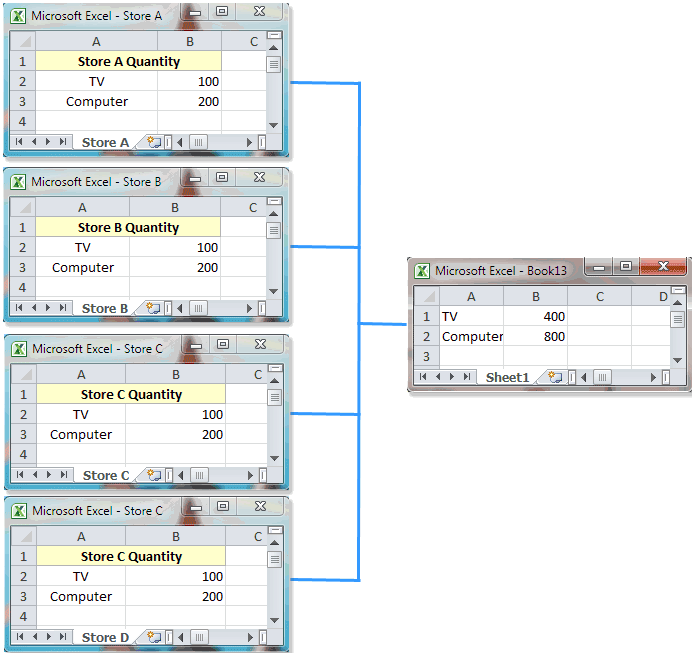
#Auto summarize word 2010 series#
For example, use a numbered list when you must enumerate a series of steps in instructions, or when you are introducing ideas that will be discussed in a certain order in the following text. Use numbered lists when the order of the listed items is important and ideas must be expressed in chronological order. If you find your bulleted items are longer than this, consider using another kind of list, such as a labelled list or a nested list. You want to add white space to your document to enhance readability.īullet list items should generally be short (a word or a phrase).You can place the items in any order (no particular order is required).You want to emphasize two or more items.Nested Lists: use when listed items have sub-lists (list within a list).īullet lists are the most commonly used kind of list.


Bullet Lists: use when order of listed items is not important.
#Auto summarize word 2010 how to#
This section will describe when and how to use the following five commonly used types of lists: Just as bar graphs serve a different purpose than pie charts, different kinds of lists also serve different purposes. Especially when writing documents collaboratively that will need extensive revision and editing, you must make sure to use the correct formatting tools. NOTE: If you are making lists by hitting ENTER then TAB and then a dash, you are doing it wrong, and this will make future editing and maintaining readability very difficult if not impossible. Figure 3.3.1 Screenshot of Paragraph tools in Word 2010 you can auto-create lists using the top left buttons. Learning to use the Paragraph formatting tool in Word (see Figure 3.3.1) is crucial to designing effective lists. All lists must conform to a set of rules of construction and formatting.

You must have at least two items in a list (or it’s not a list it’s just an item). Adhere to the following guidelines when creating lists of any kind:


 0 kommentar(er)
0 kommentar(er)
